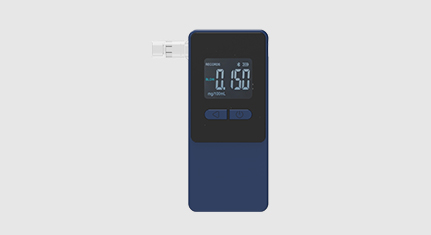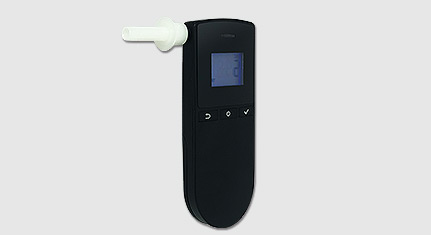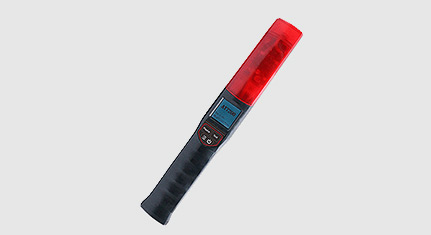How to better understand your personal breathalyzer
Breath-testing devices (commonly called breathalyzers), were once very expensive and not easy for the average consumer to come by. But in recent years, personal breathalyzers have become smaller, cheaper, more accurate and more widely. Any person who frequently consumes alcoholic beverages might want to have a personal breathalyzer.
All of the different breathalyzers on the market operate in the same way: you blow into the mouthpiece of the device and it provides a reading of your blood alcohol content. The only problem is, depending on the device you choose, the results can vary dramatically. For personal use there are two types to consider, fuel cell sensors and semi-conductor sensors.

Breathalyzers utilizing semiconductor sensors: Semi-conductor sensors are more economical to make which helps keep the overall cost of the breathalyzer down. However, because the results can be influenced by external factors ranging from cigarette smoke to hairspray, it may be unwise to depend on them if you have been drinking and plan on driving.
Breathalyzers utilizing fuel cell sensors: At higher blood alcohol levels (well over the legal limit) fuel cell sensors yield more accurate results. They are also considerably more expensive to manufacture.
View 8030 Fuel Cell Portable Breathalyzer
Operation instructions should be followed to reduce the occurrence of false positives, especially in a work or professional setting when accurate results are crucial.
Use a new mouthpiece with every new test.
Always wait at least 15 minutes after consuming anything (drink or food, and also cigarette smoking) before taking a test.
Share:
Read More
- >>Previous: Demand for personal breathalyzer on the rise
- >>Next: How accurate is a breathalyzer test



